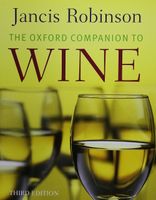glasses, not just the final container for wine but an important instrument for communicating it to the human senses (see tasting). Wine can be drunk from any drinking vessel but clean (and only clean) glass has the advantage of being completely inert and, if it is clear, of allowing the taster the pleasure (or in the case of blind tasting the clues) afforded by the wine’s appearance: colour, clarity, and so on.
For this reason, wine professionals and keen amateurs prefer completely plain, uncoloured, unengraved, uncut glass, preferably as thin as is practicable to allow the palate to commune as closely as possible with the liquid. Thin-rimmed glasses are particularly highly valued.


